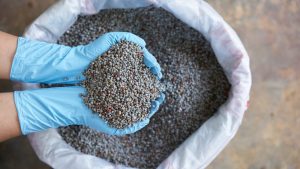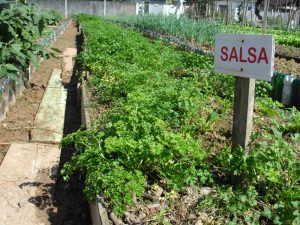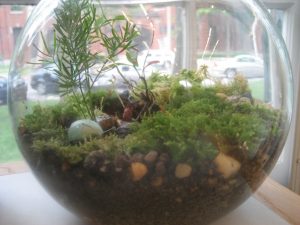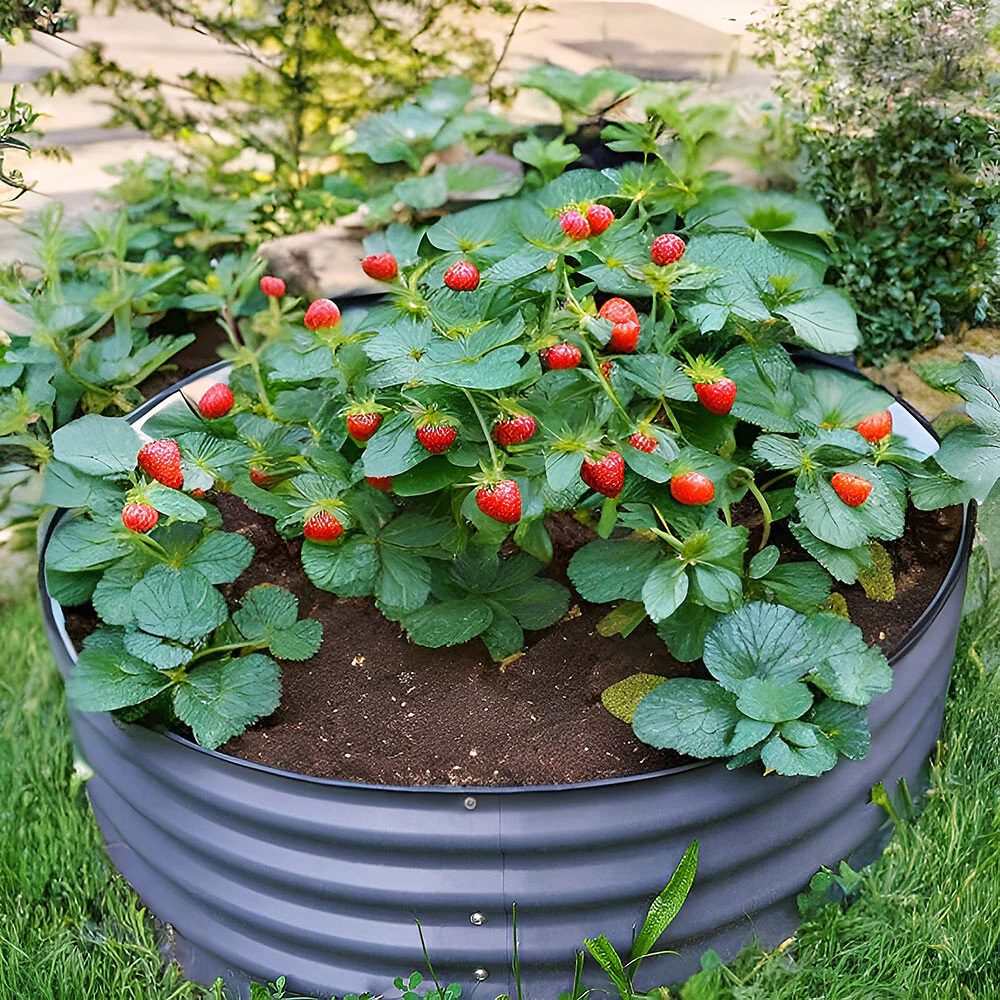
Choosing the right material for your garden beds is crucial. Metal offers a unique set of benefits that can make your garden thrive. The material is durable, eco-friendly, and adds a sleek touch to any outdoor space. This article will explore why metal garden beds deserve your attention.
Top 11 Reasons to Use Metal Garden Beds
Contents
- 1 Top 11 Reasons to Use Metal Garden Beds
- 2 Myths About Metal Garden Beds
- 2.1 Myth 1: Metal Beds Heat Soil Too Much
- 2.2 Myth 2: They’re Too Expensive
- 2.3 Myth 3: Metal Beds Are Not Safe for Edible Plants
- 2.4 Myth 4: They’re Difficult to Install
- 2.5 Myth 5: Metal Beds Are Not Eco-friendly
- 2.6 Myth 6: Limited Design Options
- 2.7 Myth 7: Metal Beds Rust Easily
- 2.8 Myth 8: Poor Drainage
- 2.9 Myth 9: They’re Only for Modern Gardens
- 2.10 Myth 10: Metal Beds Are Too Heavy
- 3 How to Fill Metal Garden Beds
- 4 Conclusion
Choosing the right material for your raised garden beds is vital. You’re not just selecting a box to hold dirt; you’re picking a home for your plants. Here are the top 11 reasons why metal garden beds could be your best choice.
Durability
When investing in a garden bed, you want something that will last. Metal garden beds offer just that. These garden furniture come in either galvanized steel or aluminum. The durability of these beds stands the test of time.
Unlike wood, which rots, or plastic, which can become brittle, metal stays strong. This makes metal garden beds perfect for all kinds of weather. They won’t warp in the sun or become weak from constant moisture.
You may worry about rust, but metals such as galvanized ones are corrosion-resistant. This means they can withstand rain and snow without deteriorating. The result is a garden bed that looks good and functions well for many years. With metal, you don’t have to worry about replacing your beds every few seasons.
Low Maintenance
The thought of ongoing garden bed maintenance can be daunting. You may need to treat or paint wood regularly to prevent rot and pests. Plastic may require replacement parts or even a full replacement over time. Metal alleviates most of these concerns.
Metal beds usually need only minimal upkeep. A simple wash with water or a mild soap is enough to keep them looking new. There’s no need to reapply finishes or combat termites. Your garden bed remains functional and attractive with little effort on your part. You get to focus more on planting and enjoying your garden and less on fixing or replacing beds. This ease of maintenance saves you time and effort, making gardening a more enjoyable activity.
Eco-friendly
Environmental concerns are more important than ever. You might be wondering how your choice of garden bed fits into this. Metal garden beds have a strong eco-friendly edge. Many are made from recycled materials, reducing waste in landfills. Even better, metal beds are recyclable at the end of their long lifespan. This creates a cycle of reuse that is far better for the planet than disposable alternatives.
In contrast, plastic beds are often made from new materials and contribute to pollution during production. Wood beds usually mean trees get cut down, affecting forests and ecosystems. By choosing metal, you’re not just deciding for your garden but for the environment.
Pest Resistant
Pests are a gardener’s nightmare. From insects to rodents, unwanted visitors can wreak havoc on your plants. Wood garden beds are especially vulnerable. They can attract termites or serve as hiding spots for pests like snails or slugs. Metal, however, does not have the same issue.
Made of inorganic material, metal doesn’t provide the food source that pests seek. There’s nothing in it for them to eat. The chances of facing a termite infestation or other pest problems are substantially lower in a metal bed. Your plants grow in a safer, more protected environment. This means less time and money spent on pest control measures and more time enjoying your garden.
Design Flexibility
Your garden is an extension of your home. It should reflect your style and personality. With metal garden beds, design flexibility is a big perk. Unlike wood, which may require special tools to cut and shape, metal beds often come in various shapes and sizes right from the start. From round to rectangular, there’s something to suit every design preference.
Another bonus is color. While most metal beds start with a metallic finish, they can easily be painted. Want to match the color scheme of your garden furniture? No problem. With a can of outdoor paint, you can transform your metal garden bed to fit any aesthetic you have in mind. The result is a garden that’s not just productive but also visually pleasing.
Safe for Plants
When choosing a garden bed, plant safety is paramount. Some materials, like certain treated woods, can leach chemicals into the soil. These chemicals may harm your plants or make them into fruits and vegetables. Plastic can pose similar risks, especially when exposed to extreme temperatures. Metal offers a safer alternative, especially when it’s food-safe or coated to prevent rust.
Most high-quality metal garden beds are designed to be safe for all types of plants, including edibles like fruits and vegetables. They won’t leach harmful substances into the soil. This gives you peace of mind as you plant, nurture, and harvest your garden produce. With metal beds, you can be confident in providing a safe and healthy environment for all your plants.
Water-Efficient
Water is a precious resource. In gardening, efficient water use can make a big difference. Metal garden beds offer a unique advantage in this area. Unlike wood or plastic, metal heats up quickly when exposed to sunlight. This helps the soil warm up faster, aiding in plant growth. Warmer soil can also mean less water evaporation, so plants stay hydrated longer.
The design of metal beds often includes better drainage features. This helps you avoid over-watering and ensures your plants get the right moisture. Improved water efficiency is not only good for your plants but also better for the environment and your water bill.
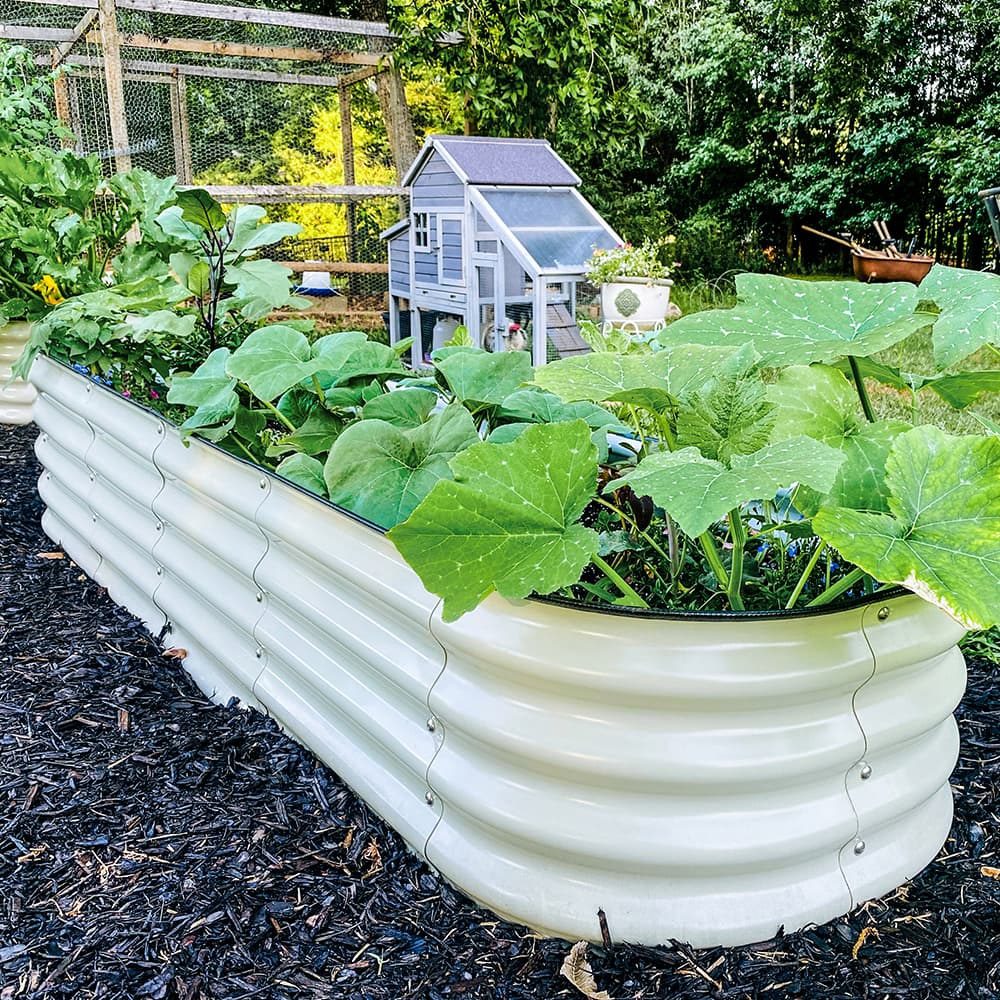
Easy to Install
Starting a garden can feel like a big task. The last thing you need is a complicated installation process for your garden beds. Metal garden beds shine in this aspect. Most come in easy-to-assemble kits with clear instructions. You usually don’t need special tools or skills to put them together.
Compare this to wooden beds requiring cutting, drilling, and various tools. Or plastic beds that can come with complex parts and connectors. Metal beds often snap or bolt together with ease. You can have your new garden bed set up and ready for planting in no time. This ease of installation makes metal an appealing choice for novice and seasoned gardeners.
Improved Drainage
Good drainage is vital for plant health. Standing water can lead to root rot, a problem that’s hard to reverse. Metal garden beds often come with superior drainage options. They may have built-in features that help excess water escape, ensuring that your plants aren’t drowning.
This design makes metal beds an excellent choice for plants sensitive to water levels. Better drainage control means a healthier environment for your plants. It allows you to fine-tune your watering schedule and helps prevent common garden problems caused by poor drainage.
Aesthetic Appeal
When it comes to looks, metal garden beds have a sleek advantage. The clean lines and shiny or matte finishes can add a modern touch to your garden. Whether you like a rustic vibe or a more contemporary look, metal can fit in well. It also pairs nicely with various garden styles, from minimalist to lush landscapes.
Beyond that, metal garden beds can be a focal point in your garden design. Their unique structure and finish can complement other elements like pathways, fountains, or garden furniture. The aesthetic appeal of metal beds can elevate your garden from ordinary to extraordinary.
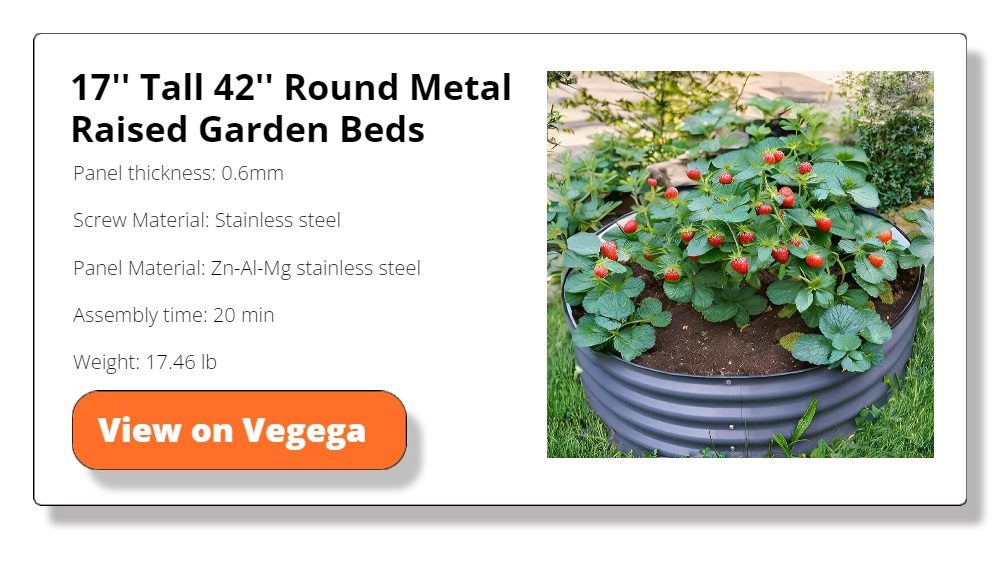
Long-term Savings
It’s easy to focus on the upfront cost when choosing a garden bed. But it’s crucial to consider the long-term picture. Metal garden beds might be more expensive initially, but their longevity and low maintenance make them cost-effective in the long run.
You’re not just saving money on replacements; you’re also saving on upkeep. There’s no need for seasonal treatments or frequent repairs. The durable nature of metal means these beds stay functional and good-looking for years. The long-term savings you enjoy make metal beds a wise financial choice for your garden.
Myths About Metal Garden Beds
Metal garden beds have many advantages, but some myths can make people hesitate to choose them. These misconceptions often stem from a lack of information or outdated beliefs. Let’s set the record straight by debunking some common myths about metal garden beds.
Myth 1: Metal Beds Heat Soil Too Much
Many people worry that metal garden beds will heat the soil too much. They think the metal will absorb heat from the sun and make the soil too hot for plants. While this is true for metal, it does not affect the organic material.
Yes, metal does warm up faster than other materials. However, the effect on soil temperature is minimal. The slight increase in soil warmth can be a benefit in cooler climates. It can help extend the growing season by allowing you to plant earlier.
If overheating is a concern, there are easy solutions. The metal garden beds can be in an area with a good amount of shade and sun. Another solution is to grow plants that can tolerate the heat, like lavender or marigold.

Myth 2: They’re Too Expensive
The initial cost of metal garden beds can be higher than wood or plastic. This leads people to think they’re too expensive. What they don’t consider is the long-term value.
Metal beds last much longer than other materials. They don’t rot, break, or need frequent repairs. This saves you money in the long run. The reduced maintenance time and costs also add to the overall savings.
Think of it as an investment. You pay more upfront but save money, time, and effort in the future. When considering the garden bed’s full lifespan, metal is often the most cost-effective choice.
Myth 3: Metal Beds Are Not Safe for Edible Plants
Some people worry that metal garden beds can contaminate the soil. They think this could harm plants, especially edibles like fruits and vegetables. The truth is that most high-quality metal beds are made to be safe for all plants.
Manufacturers often use food-safe coatings or corrosion-resistant materials. This ensures that no harmful substances leach into the soil. Metal can be safer than other options, like treated wood, which can contain chemicals.
Always check the specifications when buying a metal garden bed. Make sure it’s designed to be safe for edible plants. Then you can grow your food without worry.
Myth 4: They’re Difficult to Install
Another common myth is that metal garden beds are hard to install. People think they need special tools or expert skills. In reality, most metal beds are quite simple to set up.
Many come as easy-to-assemble kits with clear instructions. You often just need basic tools like a wrench or screwdriver. Some models even snap together without any tools at all.
The ease of installation makes metal beds suitable for new and experienced gardeners. Don’t let the myth of difficult installation stop you from enjoying the benefits of a metal garden bed.
Myth 5: Metal Beds Are Not Eco-friendly
There’s a belief that metal garden beds are bad for the environment. People think they consume a lot of resources to produce. In actuality, many metal beds are made from recycled materials. This helps reduce waste and promotes a cycle of reuse.
Metal beds can be recycled at the end of their long life. This makes them a more eco-friendly option compared to plastic or treated wood, which often end up in landfills. When you choose a metal bed, you’re making a responsible choice for the planet.
Myth 6: Limited Design Options
Some think that metal garden beds offer few design choices. They assume you’re stuck with a standard shape and metallic color. In reality, metal beds offer a lot of flexibility.
They come in various shapes and sizes, from round to rectangular. Plus, it’s easy to paint them any color you want. Many people customize their metal beds to fit their garden’s theme or style. The design options are far from limited, allowing you to create a garden that truly reflects your personality.
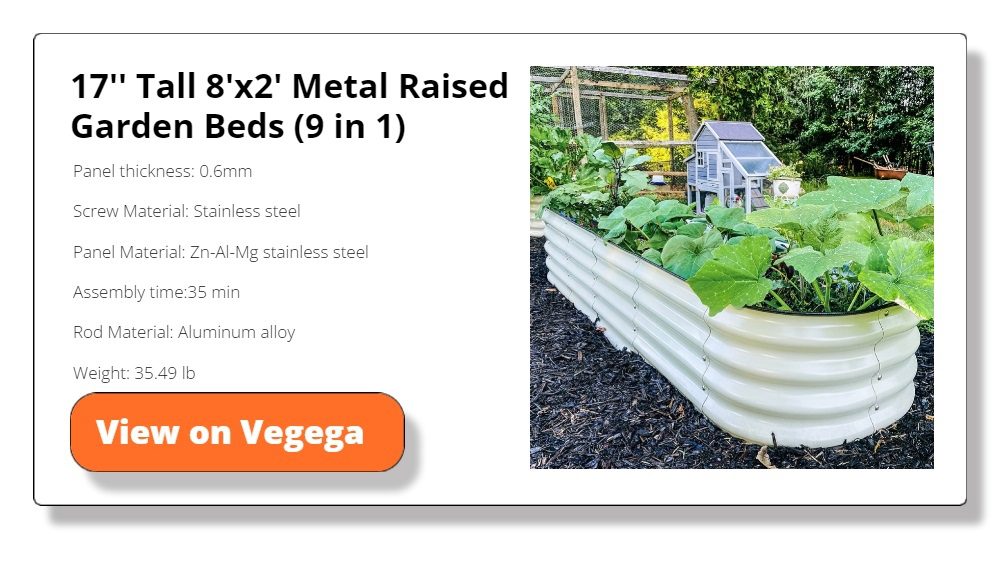
Myth 7: Metal Beds Rust Easily
A common myth is that metal garden beds rust easily. People think they’ll spend money on a bed that won’t last. The reality is different. Many metal beds are made from corrosion-resistant materials like galvanized steel or aluminum.
Even those without a protective coating can be treated to resist rust. A simple layer of paint or sealant can make a big difference. With basic care, your metal bed can last for years without showing signs of rust. It’s a durable option that stands the test of time.
Myth 8: Poor Drainage
Another misconception is that metal beds have poor drainage. People worry that water will pool at the bottom, harming plants. Many metal beds are designed with excellent drainage features.
They often come with built-in holes or channels that help excess water escape. This provides an ideal environment for plant roots. Good drainage is critical for plant health; metal beds deliver on this front. Don’t let the myth of poor drainage keep you from choosing a metal garden bed.
Myth 9: They’re Only for Modern Gardens
Some people think metal beds only fit in modern or industrial gardens. They assume the sleek material won’t work in a traditional or rustic setting. But metal is incredibly versatile. It can blend well with any garden style with a coat of paint or the right placement.
In a cottage garden, a metal bed can offer a nice contrast to soft, flowing plants. In a tropical setting, the clean metal lines can complement lush foliage. The point is, that metal garden beds are not limited to style. They can be a beautiful addition to any type of garden.
Myth 10: Metal Beds Are Too Heavy
Another myth is that metal garden beds are too heavy. People worry they can’t move them once set up. Many metal beds are surprisingly lightweight. They’re often made from thin yet sturdy materials like aluminum.
Even if you opt for a heavier material like steel, most designs allow for easy disassembly. This makes it possible to move or adjust your bed if needed. The weight is generally not a barrier to enjoying the flexibility and benefits of a metal garden bed.
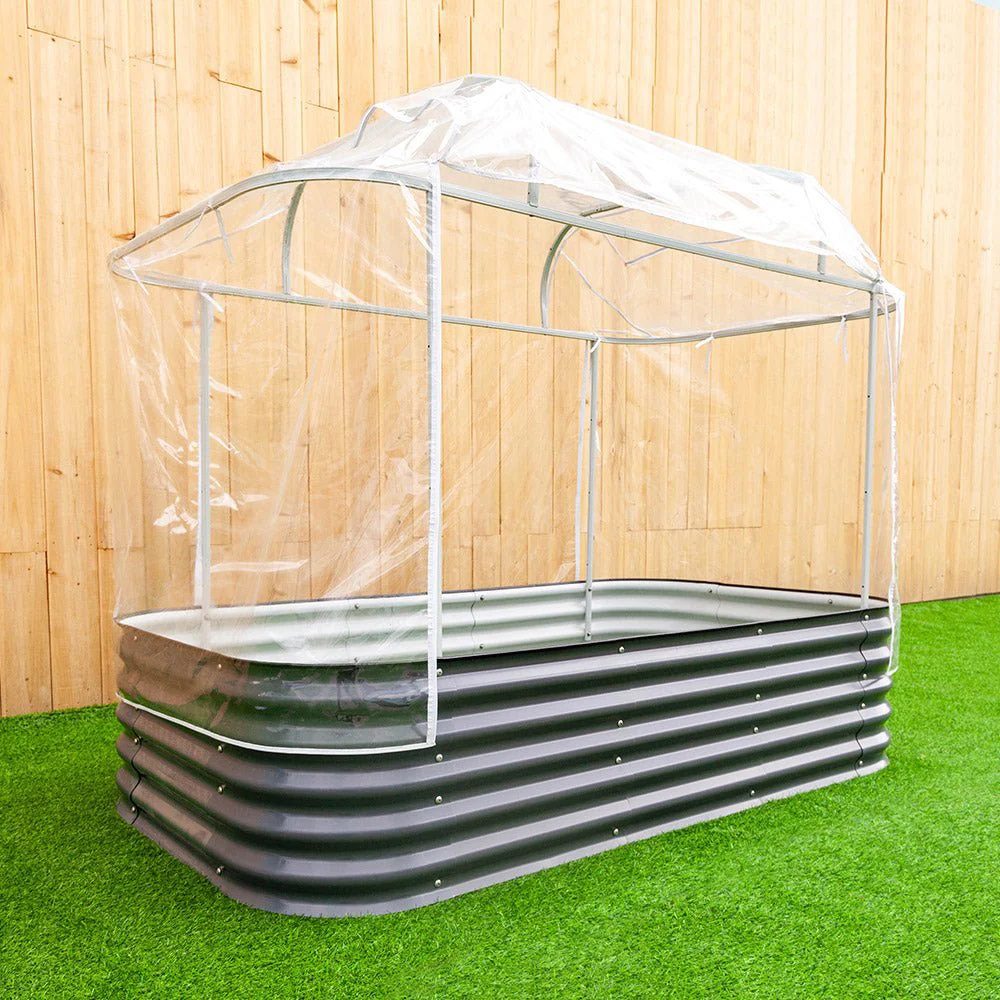
How to Fill Metal Garden Beds
So you’ve decided on a metal garden bed, but what next? The type of soil and fillings you use can greatly affect your plants’ health. Let’s dive into the best practices for filling your metal garden beds to ensure a thriving garden.
Using Suitable Soil
Consider the pH level. Some plants love acidic soil, while others prefer it to be more alkaline. Testing your soil’s pH can guide you in making the right adjustments. Use a trusted pH meter to know the condition of your soil. The scanner tells you your metal garden bed’s moisture, pH level, sunlight intensity, and area humidity.
Nutrient content is another factor. A good soil mix will have plenty of organic matter. This not only feeds your plants but also improves soil structure. Compost is a gardener’s best friend in this regard. It adds nutrients and helps with water retention. Adding well-rotted manure can also provide a nutrient boost.
Texture matters, too. The soil shouldn’t be too sandy or too clayey. A balanced, loamy soil allows for good drainage while holding enough plant moisture. You can improve texture by adding sand or clay as needed.
Think about the local environment. If you live in a rainy area, you might want a soil mix that drains well to prevent waterlogging. On the other hand, drought-prone areas may require soil that retains moisture for longer periods.
Choosing the right soil is a critical first step in setting up your metal garden bed. Take the time to understand your plants’ needs and tailor the soil accordingly. Your plants will have a better chance of thriving with the right foundation.

Layer with Mulch
Mulch serves multiple purposes. It helps retain soil moisture, keeps weeds at bay, and adds nutrients to the soil. Organic mulch like bark, straw, or leaves is often a good choice. Place a 2- to 3-inch layer of mulch on top of the soil.
Consider a Base Layer
You may consider adding a base layer if your metal bed is deep. This can be made of gravel or broken pots. The base layer improves drainage and makes your bed more cost-effective by reducing the soil needed.
Fertilize Wisely
Fertilizer can give your plants an extra boost, but it’s crucial to use it wisely. Too much can harm your plants, while too little can lead to poor growth. Stick to a balanced, slow-release fertilizer for best results.
Filling your metal garden bed correctly can set the stage for a lush, healthy garden. Choose your materials carefully, and your plants will thank you.
Conclusion
Metal garden beds offer many benefits, from durability to design flexibility. While myths about metal beds abound, most are easily debunked with a little research and firsthand experience.
Properly maintaining and properly filling these beds ensure a garden fixture that enhances your outdoor aesthetics.

